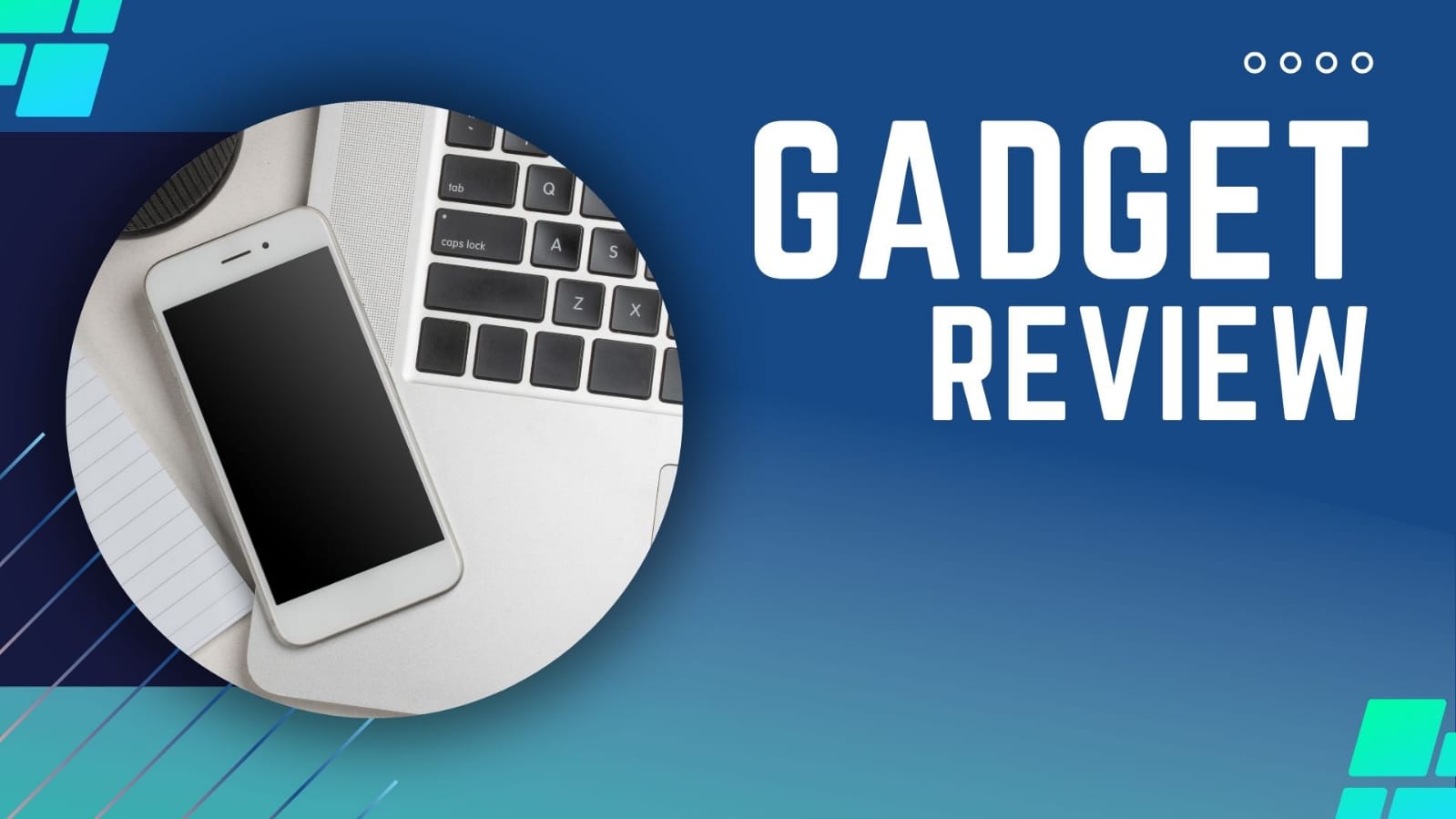This is the Moto Edge 50 Pro, and it launched in India in a super competitive segment. The launch price of this phone is 32,000 rupees, and with the offers, you can get it under 30k. In the base variant, you get a 68-watt charger in the box, and in the 12-256 model, you get a 125-watt PD charger in the box. Okay, so by now you must have already seen a lot of unboxing first impressions, but I’m sure there are still a lot of questions that are unanswered.
In this article, I’m going to touch on just the important points. I’ll keep it short. Let’s get started. First of all, the Edge 50 Pro is a very good upgrade over the Edge 40. Here are all the upgrades it brings: A much improved display, a telephoto lens, a Qualcomm chipset that most people prefer, USB 3.1, NFC support, a slightly bigger battery, and a longer update cycle. But it also misses out on two things. Removal of the eSIM support and the UFS 2.2 storage compared to the UFS 3.1 in the Edge 40. And here comes the surprising thing. See, a lot of people were concerned about the UFS 2.2 storage, and honestly, we were too. But when we ran the storage test benchmark, we found the storage speeds to be on par with the UFS 3.1 storage speeds. Here are the N2-2 storage test results of the Moto H50 Pro in comparison with the Nord C E4 with UFS 3.1 and the Nothing Pwn 2A with UFS 2.2. And yeah, Moto has the highest scores here. In fact, it’s much higher than UFS 3.1 in random read-write speeds and on par with UFS 2.2 in sequential speeds. And we ran this benchmark multiple times just to be sure, and the results were always the same. But we did not want to base our results only on the benchmark scores.
So we also ran some real-world tests. First, we transferred a 5GB file from one folder to another, and as you can see, the transfer speeds are the same on the Edge 50 Pro and the Note CE4. After that, we transferred a much bigger 22-GB file from one folder to another. And as you can see, the Edge 50 Pro was faster than the Note CE4. We also tried launching games and apps, and in Genshin Impact, both the CE4 and the Edge 50 Pro opened up the app at the same speed. After all the tests, the Moto H50 Pro somehow comes on par with phones with UFS 3.1 storage. We also asked Motorola about this, and they said it’s because of the optimizations that they have done at their end. So, that’s what it is. I’m not justifying Moto’s decision to go with UFS 2.2 rather than the UFS 3.1 that they had in the Moto H40. All I’m saying is that this is quite surprising. Apart from this one surprising thing, I also had certain pointers about this phone that I’d like to share in this video. First of all, the Snapdragon 7 Gen 3 chipset that the phone comes with is not the most powerful in this segment, but it’s quite capable. It performs well in day-to-day usage and some casual gaming as well. In fact, we have seen the same chipset in the Nord C4, which is priced significantly lower than the Edge 50 Pro.
So the processor is good, but it doesn’t stand out. In fact, there were also rumors that this would come with the Snapdragon 8S Gen 3, but we have tested that chipset, and if you want to know our thoughts, I’ll drop a link to our video so you can check it out. Secondly, Moto phones are not known for cameras, but the camera hardware on this phone is quite capable, especially with the addition of the telephoto lens. However, Moto needs to do some more optimizations to fully use the camera hardware and produce extraordinary results. Here are the camera samples from the phone. It also supports 4K 30fps video recording, and you can switch lenses while recording.

And for those who are concerned about the smaller battery life compared to other phones, we got an SOT of 6 hours and 43 minutes with heavy usage, so it does last you a day quite easily and charges from 5% to 100% in just 19 minutes with a 125W charger. Plus, you also get flagship features such as the IP68 rating and fast wireless charging, which you don’t see in any other phone in this segment. Lastly, with Hello UI, you do get some additional features, such as a new quick settings menu, custom fonts and icons, the Moto Unplugged feature to keep your phone usage in check, etc. So, it could appeal to a lot of users, but if you ask me, I prefer Moto phones for the clean software experience. Plus, the UI requires a bit more optimization to make it more smooth. One last thing: Moto should definitely work on their updates because the Moto H40 is still stuck on Android 13.

Leave a Reply